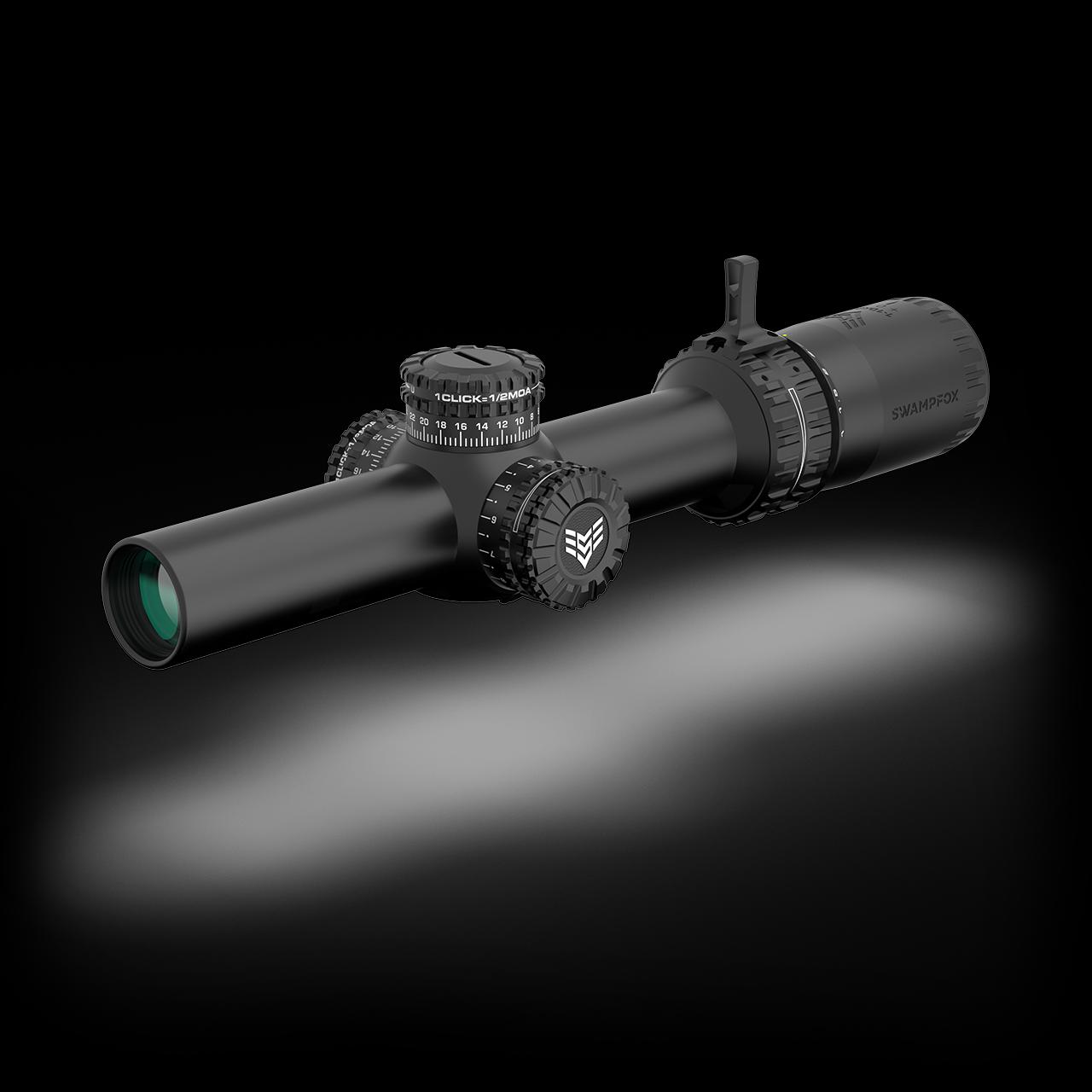Want to get a FFP scope.
Collapse
X
-
Burris XTR the XTR III are a lot of scope for the $
https://cameralandny.com/shop/brands/burris/categories/rifle-scopes/5eb0346f-bcd4-4f1f-93df-d6f5a8428b8a?filters=207709:"Tactical"
https://cameralandny.com/shop/brands/burris/categories/rifle-scopes/5eb0346f-bcd4-4f1f-93df-d6f5a8428b8a?filters=207709:"Hunting"&page=6
Of course if you want to spend a good bit more Night Force will hold up to years of reliable service. I am sure others will have other options to list. I have no affiliation with the links above but have bought from them before and they are good to go on purchases.
-
-
Chuck,
I'll have a go at answering why Mils is popular. Two reasons come to mind;- Mils is compatible with the metric system, and metric is a decimal system (sets, and subsets of 10). For mils scopes, 1-Mil subtends 1-metre at 1,000-metres. If you remember this you can figure out pretty quickly all other permutations, especially when under stress. For example, Mils scopes with 0.1Mil clicks will move the reticle 1cm at 100-metres - 2cm at 200M and so on.
- The rest of the world uses metric, again because a decimal system is easier to work with. Only three countries still use Imperial; USA, Liberia and Myanmar. Shows you how much influence the US has on the international shooting community
It would be a new skill but confusing if you had a mix of Mils and MOA.
All my scopes are Mils and most are FFP.
Klem
Comment
-
I've got several vortex viper pst's, now they are more like $600-900. They have some Razor's that are higher in cost.
The vipers are crystal clear, more of them are ffp than second.
If I wanted to go up in price I would definitely look at the Vortex razors.
All Moa, that's what I started with and I'm comfortable with it, mils and moa, is sort of potato - potahto to me. Which ever you're used to.
I won't be doing any big competitions, so feel no need to switch."Down the floor, out the door, Go Brandon Go!!!!!"
Comment
-
-

That said, I use Mils because almost all of the spotting scope reticles are Mils-based.
For gas guns, there are only a few companies I trust to hold up. Easy answers for that are NightForce and upper tier Vortex (Razor and PST II).
Vortex seems to have more reticle options than anyone on the market.NRA Basic, Pistol, Rifle, Shotgun, RSO
CCW, CQM, DM, Long Range Rifle Instructor
6.5 Grendel Reloading Handbooks & chamber brushes can be found here:
www.AR15buildbox.com
Comment
-
-
Last edited by Harpoon1; 07-16-2022, 06:34 PM.
Comment
-
-
Yards to reach out to or dollars to spend on it?
One thing about FFP. If you're looking to buy one that's over 15x at the max magnification and actually plan to have a usable reticle at the lower powers, like under 6x for any purpose, you will probably want an illuminated reticle. I've found that my non-illuminated FFP scope's (Burris 3.3-18x) reticle shrinks to almost invisibility and is practically unusable at lower than 6-8x. It just disappears. Especially against anything dark. At best, it becomes a very faint x-hair. The scope definitely has a reticle with a bias for the higher magnifications. Very fine lines. Great for use at 10x and above though, which is what I bought it for.
Comment
-
-
-
OK, MIL isn't totally to metric. You can do it if you want, but it isn't necessary.
Klem used MILs because he grew up using metric and thinks in metric. And because its a better system.
But MIL doesn't mean millimeter. It means milliradian. As in 1/1000 of a radian, which is a metric unit.
MILS = easier math, because it based on 10 no matter what measuring system you used, instead of MOA.
That is why MILS dominate Long Range Shooting and the scopes designed for it.
It started with the military usage of mil dot scopes, then evolved from there.
Before our current age of smartphone apps that can give you your drops automatically, or even electronic calculators, it was necessary once you knew your drops and distance to calculate how much correction was needed. Those calculations are easier and more accurate when using MILS.
This applies if you operate in a world where you are shooting at various distance targets, as in the military or in competition or hunting and need to be able to rely on mathematics instead of an electronic device.
However, if all you are doing is shooting at a few known distance targets, then it largely doesn't matter as long as you:
1) have a scope with matching units on target and reticle, MIL/MIL or MOA/MOA. This really isn't a problem anymore unless you pick a scope manufactured by morons.
2) know your distance.
3) know your drops.
I standardized on MILS when I started to shoot long range and wanted to be able to range and hold over easier and have the widest selection of quality scopes.
Read this link. I grabbed a bunch of stuff here, but it explains a bit better.
Last edited by PVBoom; 07-17-2022, 11:52 AM.
Comment
-
-
These are from the Swampfox website, Mike did a great job of laying these out.
You would need to go to bottom of page, select reticle, then the reticle type and this is on the bottom of the page.
 Explore the Arrowhead LPVO series with 1-6x, 1-8x, and 1-10x magnification. Features SFP reticles, push/pull locking turrets, and 12 illumination settings.
Explore the Arrowhead LPVO series with 1-6x, 1-8x, and 1-10x magnification. Features SFP reticles, push/pull locking turrets, and 12 illumination settings.
These are a couple examples using reticle ranging. For MILS, you need to remember 6' = 183 cm.
Given these, which set of calculations do you want to do in your head?
Last edited by PVBoom; 07-17-2022, 12:00 PM.
Comment
-




Comment